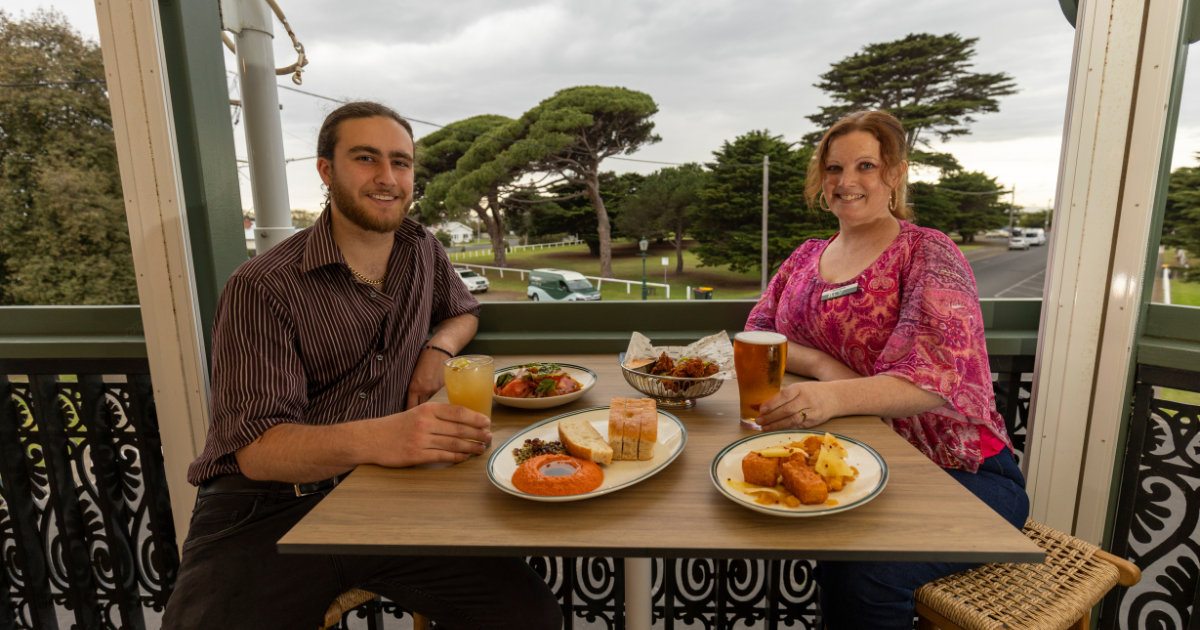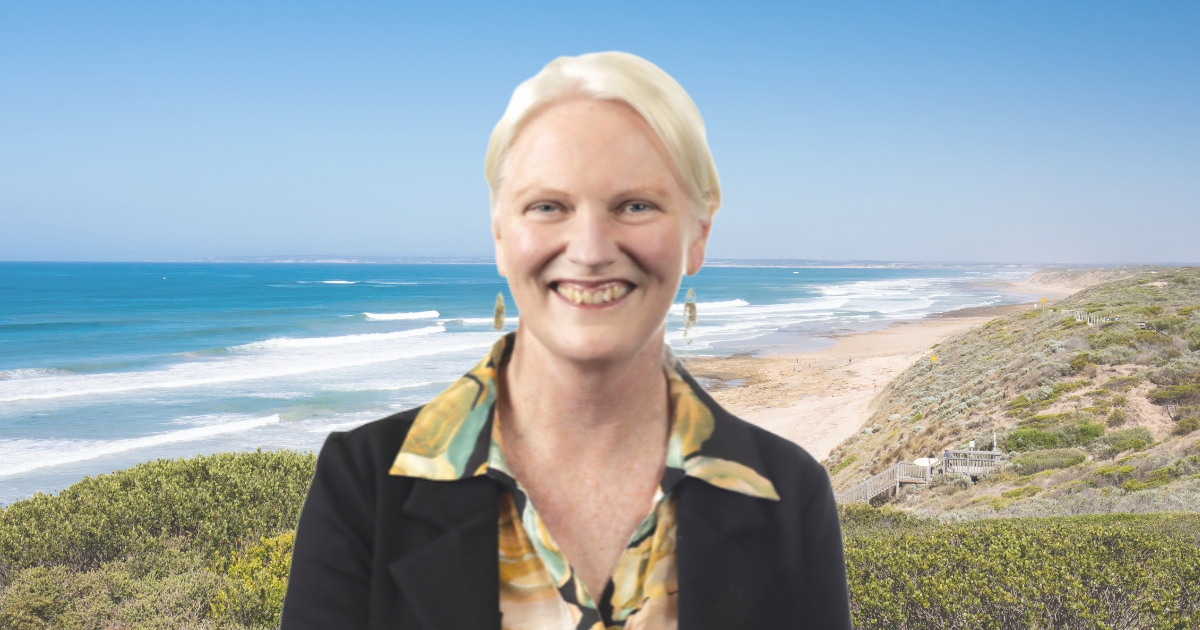Council leading by example on climate change
PREPARING for a council meeting is an intense process, with hundreds of pages of information to process, questions to ask of city staff and discussions with community members and stakeholders.
It’s so important for councillors to do their due diligence before making comments on the night and voting one way or another, a responsibility which I take seriously.
Last week’s council meeting was a jam-packed one, held virtually due to lockdown.
Aside from the occasional “your microphone is off” and frozen face glitch, I found it a really exciting one given the number of items that covered my portfolios and my areas of interest.
One of the main attractions was the draft Climate Change Response Plan, which we released for community consultation.
We now have a proposed roadmap on what steps to take to tackle climate change and its associated impacts on the environment in the Geelong region.
This plan promotes the acceptance of science and that we are in a climate emergency, taking on both mitigation and adaptation elements.
The more we mitigate the risks of climate change now, the less future generations will have to adapt to in the future.
An action plan complements this draft plan, addressing community support, transport, energy, waste and climate resilience.
It takes on board the need for further leadership and advocacy in this space and for the community to commit to coordinated action and the protection of what we hold dear.
The action plan has some ambitious but achievable targets in there, with one of my favourites being that all city-managed operations will reach net zero emissions by 2025.
What better way to demonstrate council’s dedication to reducing the region’s carbon footprint than to lead by example and start with the organisation?
There’s also a municipal-wide target of zero net emissions by 2035, which will only come about if the wider community, industry and all levels of government are on the same page.
Climate change is gaining momentum that is difficult to reverse, which is why I urge you to have your say on this draft plan, so we have a clear path forward.
Visit yoursay.geelongaustralia.com.au/.
While you’re there, you’re welcome to fill out a survey about the Southeast Bellarine Coastal Strategy.
The city and stakeholders are investigating how the green wedge that runs between the urban fringes of Ocean Grove and Point Lonsdale can be protected and enhanced, while finding a solution for a connective shared path.
These coastal dunes, woodlands and wetlands are part of one of the last areas of continuous biodiversity in the region and house habitat for the critically endangered orange-bellied parrot.
There’s been a high level of interest about this nationally significant landscape over the years, so we look forward to hearing from the community once again.
Another exciting item from the meeting was the adoption of the Sparrovale Wetlands Master Plan.
This 20-year plan will see a 500-hectare wetlands park open up in Charlemont, adjacent to the Lake Connewarre State Game Reserve and on the edge of the Bellarine.
Not only will the reserve protect nationally and internationally significant wildlife and habitat, it will lead to opportunities for activities like kayaking and canoeing.
An excellent result for the environment, community health and wellbeing, tourism and economy!
For those of us who live in rural and peri-urban areas, pest management is always top of mind.
Rabbits are one of Australia’s most destructive pests and shockingly, we have about 20 million rabbits here in Victoria.
They degrade the quality of our ecosystems, reduce crop yields and help spread invasive weeds.
A five-year Rabbit Control Plan has been adopted, identifying rabbit prone locations, priority areas and methodology for effective control.
It also outlines how the city will work with stakeholders and landholders to reduce rabbit impacts.
This is a collaborative effort, of which the Rural and Peri Urban Advisory Committee is a part of, and I’m appreciative of everyone’s feedback in getting this plan finalised.
As chair of that committee, I’ll end this column by saying thanks to everyone who put their hands up (or tapped others on the shoulder) to join up.
Applicants are being contacted and I look forward to working with new members, who will provide valuable advice to council on rural and peri-urban issues.
Cr Jim Mason


















